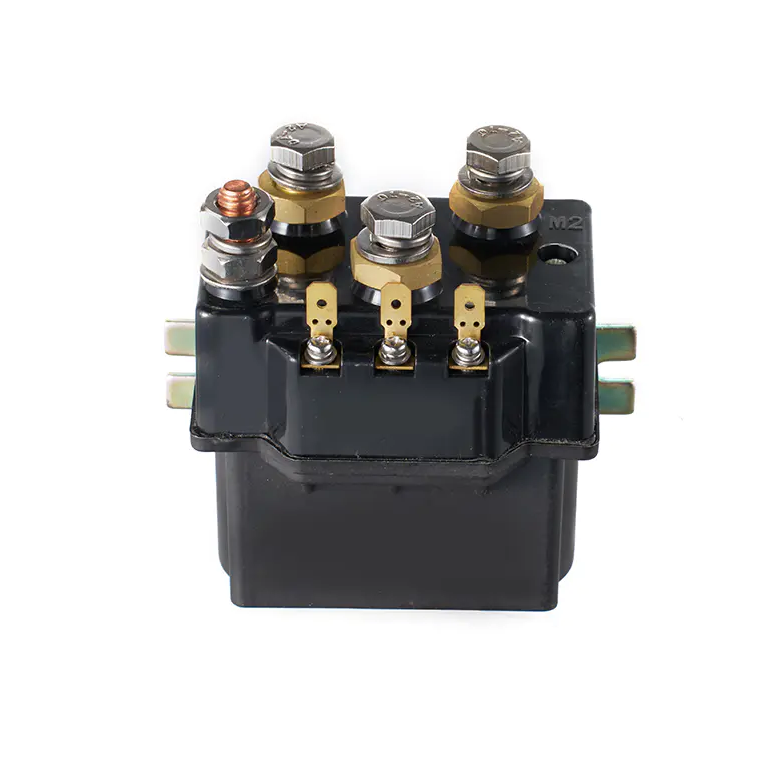Investigating Heat Generation of Winch Relays During Prolonged Load Operation

When a winch relay is subjected to long periods of load operation, heat generation becomes an important factor to consider. Since winch relays are responsible for switching high currents that power the winch motor, continuous operation under heavy load inevitably causes electrical resistance in the relay contacts and internal components, leading to heat buildup. The extent of this heating depends on various factors, including the quality of the relay, the current passing through it, the design of the electrical system, and ambient operating conditions.
In general, winch relays are designed to handle significant current loads, often ranging from tens to hundreds of amps, depending on the winch motor size and application. The relay contacts are typically made from materials with good conductivity and resistance to arcing, such as silver alloys. These materials help minimize resistance and, consequently, heat generation during normal operation. However, even with high-quality components, any electrical device passing substantial current will experience some level of heat buildup over time.
Prolonged current flow can cause the relay to warm up more than during short or intermittent usage. This is particularly true in heavy-duty winching scenarios where the motor draws near its maximum current rating for extended durations, such as when pulling a stuck vehicle or lifting a heavy load. If the relay is not properly rated or if the contacts become worn or pitted, resistance increases, resulting in higher heat dissipation. Excessive heat can accelerate component degradation, reduce relay lifespan, and potentially lead to contact welding or failure.
Manufacturers often specify continuous current ratings and maximum duty cycles for winch relays, which help users understand the limits within which the relay can operate safely without excessive heating. In some cases, thermal protection features, such as built-in temperature sensors or automatic cutoffs, are incorporated to prevent damage due to overheating. These safety measures are particularly valuable in preventing relay failure and ensuring the reliability of the winch system during demanding operations.
Heat dissipation can be improved through proper installation practices. Ensuring good ventilation around the relay, using adequate gauge wiring to reduce voltage drop and heat, and mounting the relay away from other heat-generating components help maintain lower operating temperatures. In some high-current systems, external heat sinks or cooling fans may be employed to further manage thermal buildup and protect the relay from overheating.
It is also important to conduct regular inspections and maintenance. Over time, dust, corrosion, or loose connections can increase electrical resistance and contribute to heat generation. Cleaning contacts, tightening terminals, and replacing worn relays prevent these issues and enhance the overall safety and performance of the winch system.
In summary, winch relays do generate heat during long periods of load operation due to the electrical currents they carry. While well-designed relays minimize this effect, continuous heavy loads can still cause significant temperature increases. Understanding the relay’s ratings, incorporating protective features, ensuring proper installation, and performing routine maintenance all play vital roles in managing heat and preventing relay failure. Proper attention to these factors ensures that the winch relay operates reliably and safely even under demanding conditions.
NAME: Winch Relay
12V/24V
OEM: SW-933 46-2287 440003 24401-01
- Art
- Causes
- Crafts
- Dance
- Drinks
- Film
- Fitness
- Food
- الألعاب
- Gardening
- Health
- الرئيسية
- Literature
- Music
- Networking
- أخرى
- Party
- Religion
- Shopping
- Sports
- Theater
- Wellness


